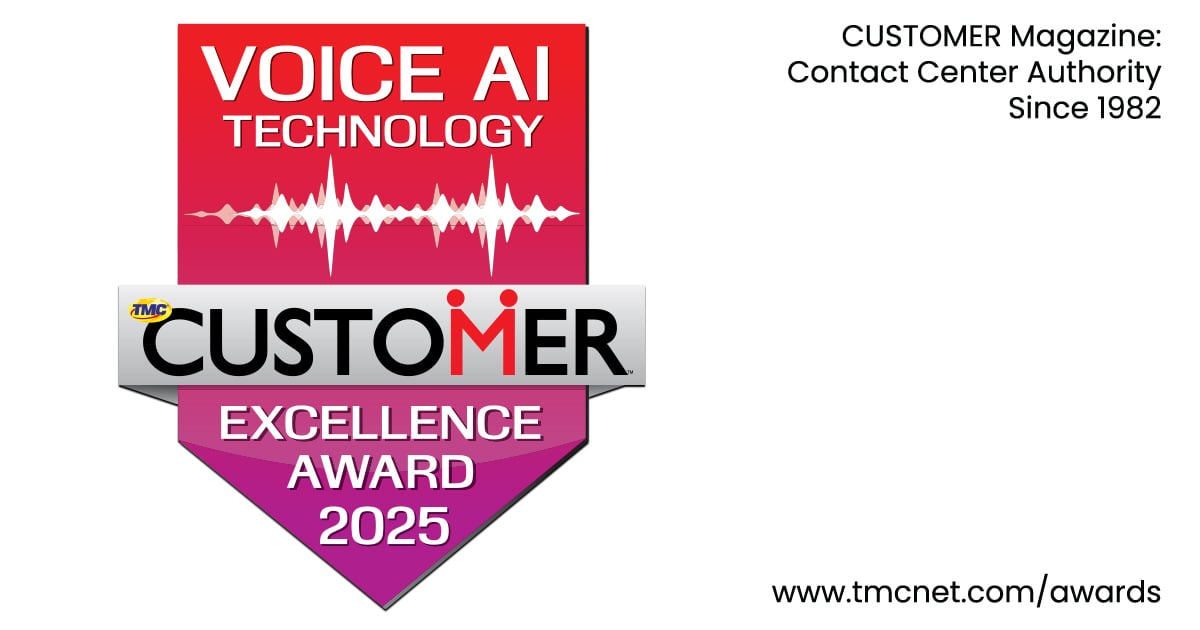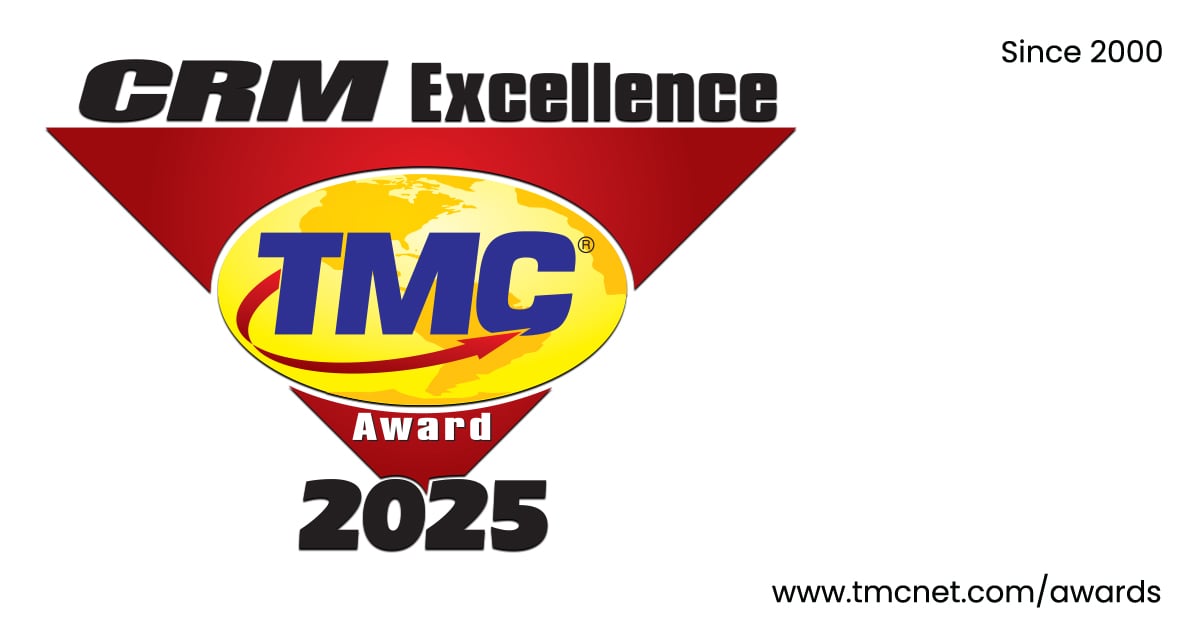Organizations today spend a lot of time and effort talking about improving the customer experiences they deliver. But there’s one important thing that most of them are missing in their CX work: Emotion.
That was the impassioned message from Bruce Temkin, managing partner at Temkin Group, during his keynote speech this week at the MaritzCX event CXfusion in Las Vegas.
Instead of just satisfying customers, he opined, we need to deal with their emotions. And he compared that to the difference between satisfying hunger with a simple cookie to being presented with the ability to enjoy a delicious brownie sundae.
As much as most of us would prefer the ice cream option, however, companies tend to focus on emotion the least (and on effort and success – which Temkin said are the other two key components of customer experience – the most), he said. That’s too bad, he added, because emotion is a much stronger driver of loyalty than are effort and success.
“When you treat someone low on the emotional scale, they are less loyal,” he said. “When you treat someone well on the emotional scale, they are more loyal.”
Temkin went on to convey a personal story in which emotion played a role in his customer experience at a hotel this week. He got the wrong room, so he had to move from one room to another. It was a hassle, particularly considering he had just traveled for eight hours and was rushing to make a dinner meeting.
“I felt like they didn’t care,” he said.
However, while there are many examples of businesses that make customers feel that very same way, some companies have proven themselves particularly adept at connecting with customers at an emotional level, Temkin suggested. That list, he said, includes Amazon, Google, National, metroPCS, Morgan Stanley, Publix, Southwest Airlines, Toyota, and TrueValue, among others.
But what drives emotion and how can companies work to benefit from it? Temkin, who is working on a report that will explain how to design for emotion, said emotion is driven by stimulation, or how an interaction makes a person feel; and identification, or how people view themselves within the context of a group of people.
To the first point, Temkin said something as simple as the color or a font of a company logo can stimulate customers to certain ends. For example, he said, the color red is associated with appetite, which may explain why the logos of fast food giants such as Burger King, McDonalds, and Wendy’s all heavily feature the color red.
He also pointed out that companies can tune in with people’s emotions and turn what could be a negative experience into a not so bad experience with a little good humor. To illustrate this point Temkin showed a slide of a company that provided a funny website error page that said “pick who to fire” from its website development team since the web page that team is responsible for isn’t working.
Identification, meanwhile, has as its subsets social and values, according to Temkin. The social aspect has to do with wanting to associate oneself with other people or groups. Values have to do with wanting to be aligned with a specific set of views or actions. The Body Shop and Ben & Jerry’s are two businesses that have successfully communicated their values to drive business and customer loyalty, Temkin pointed out.
Temkin concluded his talk by providing a few tips on how organizations can design for emotion.
First, he said, they should talk about emotion
“We’re just a culture that is not comfortable talking about emotion,” he said.
So, to get the conversation going, Temkin created what he calls the five A’s of Emotional Response. That includes adoring, appreciative, ambivalent, agitated, and angry. Organizations can leverage these five words by asking different stakeholders within their businesses: How do you think your customer was feeling about this experience your company provided?
Second, he suggested that businesses do more qualitative research. We know a lot about the demographics of our customers, he suggested, but qualitative research helps us understand customers more deeply.
Third, he said, organizations should focus on customers’ journeys, not just interactions.
“When I checked into the hotel is was not because I wanted to check in,” Temkin said.
He explained his end goal was to be in Las Vegas to participate in CXfusion. Getting a hotel room was just something he had to do to make that happen.
Customer journey thinking, he added, should have organizations asking the following questions:
• Who is the customer?
• What is the customer’s real goal?
• What did the customer do right before that interaction – and before that, and before that? (That way, you can understand the customer interaction in the context of that customer’s journey.)
• What will the customer do right afterwards – and after that, and after that?
• What will make the customer happy?
Edited by
Stefania Viscusi





